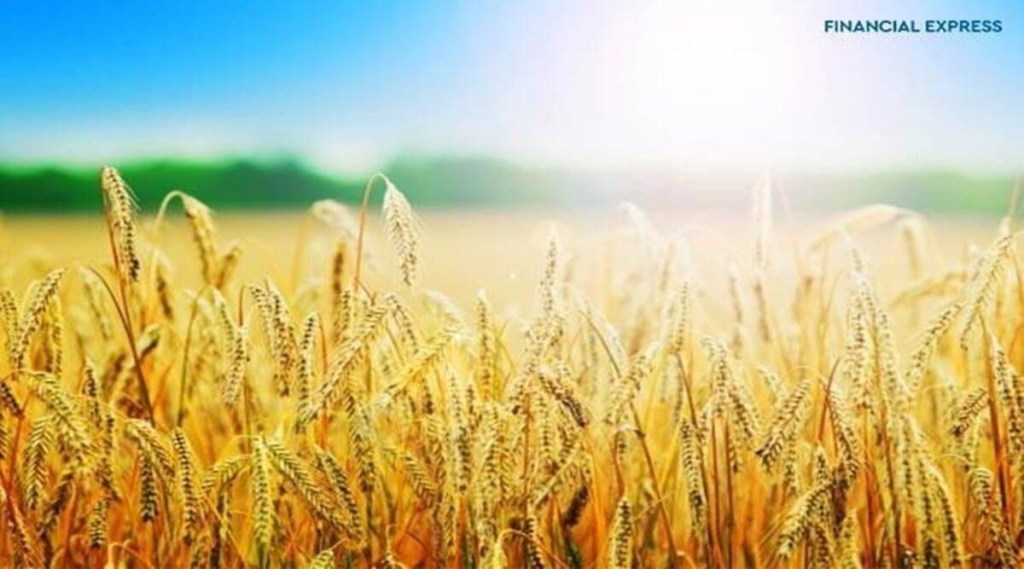Budget FY23 is likely to talk much about macro-economic recovery, be it V-shape or K-shape. The finance minister may announce some measures to boost the MSME sector, greater investments in infrastructure, and so on.
However, common people are more concerned with surging inflationary pressures, inflicting an ‘inflation tax’ on their savings. Containing the fiscal deficit has always been a challenge. And it would be more so this year when economic recovery is still fragile. But what one hopes is that the FM will keep the budget accounts transparent.
Transparency in budgetary accounts is critical for the very credibility of the budget. In this context, the FM deserves compliments for her last year’s Union budget when revised numbers of food and fertiliser subsidy were put up way above the budgeted numbers, clearing almost all arrears of Food Corporation of India (FCI) and the fertiliser industry.
Think of revising the food subsidy budget estimate of Rs 1.15 lakh crore to Rs 4.22 lakh crore, and fertiliser subsidy estimate of Rs 71,309 crore to about Rs 1.34 lakh crore. That was a bold move towards transparency, in the fiscal deficit too.
Even this year, the revised estimates of food and fertiliser subsidy are likely to be significantly higher than the budgeted estimates of Rs 2.43 lakh crore and Rs 79,530 crore, respectively, and one hopes that the FM will keep them transparent and clear all the bills in revised estimates.
Looking at the budget from the food and agriculture angle, I see the subsidies on food, fertilisers, and payments under PM-Kisan Samman Nidhi dominating—easily crossing 4 lakh crore, and even inching towards5 lakh crore in total. This subsidy amount, as a percentage of net tax revenue of the Union government (after deducting the share of states), may turn out to be around 30%. This share of subsidies, which are basically doles, are multiple times the government’s expenditure on agri-R&D through its Indian Council of Agricultural Research (ICAR), which hovers around Rs 8,000 crore.
Interestingly, our research at ICRIER shows that investment in agri-R&D brings 5-10X higher returns in terms of agri-GDP or even poverty alleviation than the same amount spent through, say, fertiliser subsidies (or even power subsidies by states).
The upshot of this is that if the Union government wants the biggest bang for its buck, the right approach is to double, or even treble, the amount spent on agri-R&D and agri-extension, especially in the emerging areas of high-value agriculture (horticulture, medicinal plants, livestock, fishery, etc) not just to raise their productivity but also build efficient value-chains to supply these to lucrative markets, so that farmers’ incomes can be significantly augmented.
That’s where the role of the private sector becomes important. ICAR needs not only a big infusion of funds but also an overhaul to collaborate with the private sector and FPOs to make its research outcomes marketable, benefiting the farming community.
On the food subsidy front—the subsidy is ballooning—we know it is the result of very high economic cost of rice and wheat to FCI, low issue prices at which it has to supply grains for public distribution system (PDS), and the large population (67%) to be covered under National Food Security Act (NFSA).
The economic cost of wheat and rice is almost 40% higher than the MSP of these grains. Take, for example, rice, whose economic cost hovers around Rs 40/kg, but has to be given at Rs 3/kg through PDS and almost free under PM Garib Kalyan Anna Yojana.
Given our weak governance of PDS, ground reports suggest there is not only massive leakage of rice in the open market, but it also goes to ramp up our rice exports, which may touch 20 million tonnes this year, the highest ever in history. It would have been a matter of pride if these exports were on its competitive strength. But the reality is that the export unit value is much below the MSP of rice. And when India exports, say, 20 million tonnes (mt) of rice in a global market that hovers around 45-46 mt, it brings down the global prices of rice.
This means that India has to export more quantities of rice to get the same amount of dollars, a perfect case for imposing an optimal export tax on rice. Also, this amount of rice, which is being produced through heavy subsidies on power for irrigation and extremely low urea prices, means that we are exporting at least 40-50 billion cubic metres of water!
We surely need better policies on grain management and fertiliser subsidy. NITI has come up with a Multi-dimensional Poverty Index (MPI), putting Indian poverty at 25% in the year 2015-16 based on NFHS data. The 2019-20 data set would give an even lower poverty ratio. Poverty, based on the international definition of $1.9 per capita per day (PPP), is even lower (around 11%) for 2017-18, as per the World Bank.
The Economic Survey had earlier made a case of reducing the coverage of beneficiaries under NFSA from 67% to 30%, which makes ample sense for targeting the poor and bringing efficiency in PDS.
I would submit that beneficiaries be also given an option to receive the money in cash in their accounts, which could be equal to MSP plus, say, 20%, in lieu of physical grains.
This would reduce leakages, and also save on high economic costs of these grains. If the coverage of beneficiaries under NFSA cannot be reduced, at least those who are non-poor, they can be charged at half the price of economic cost.
Similar moves are needed on the fertiliser subsidy front. Else, the budget documents remain a mere accounting exercise, without ensuring efficiency and inclusiveness in government expenditures. That’s not exciting.
The author is Infosys chair professor of agriculture, ICRIER


